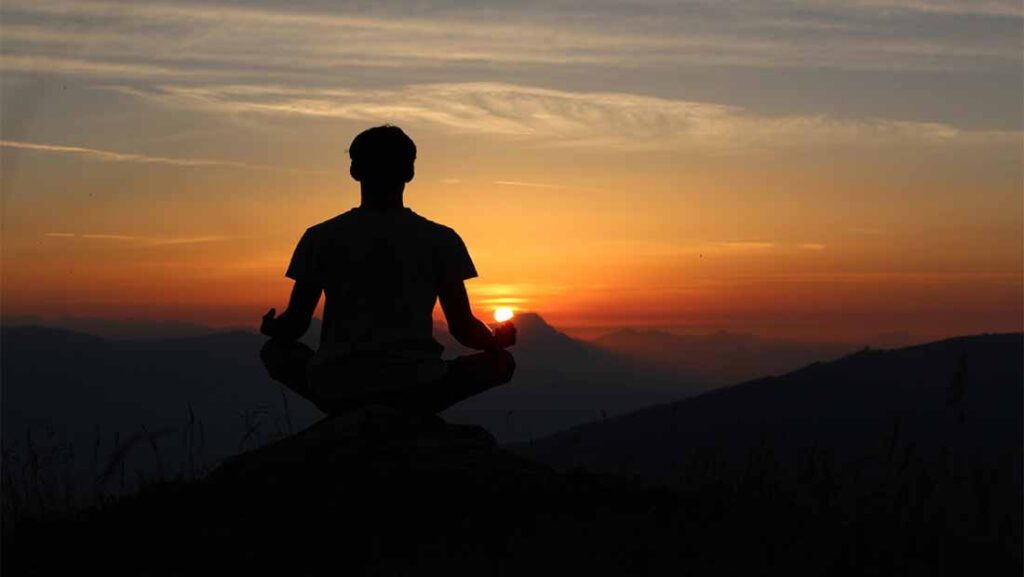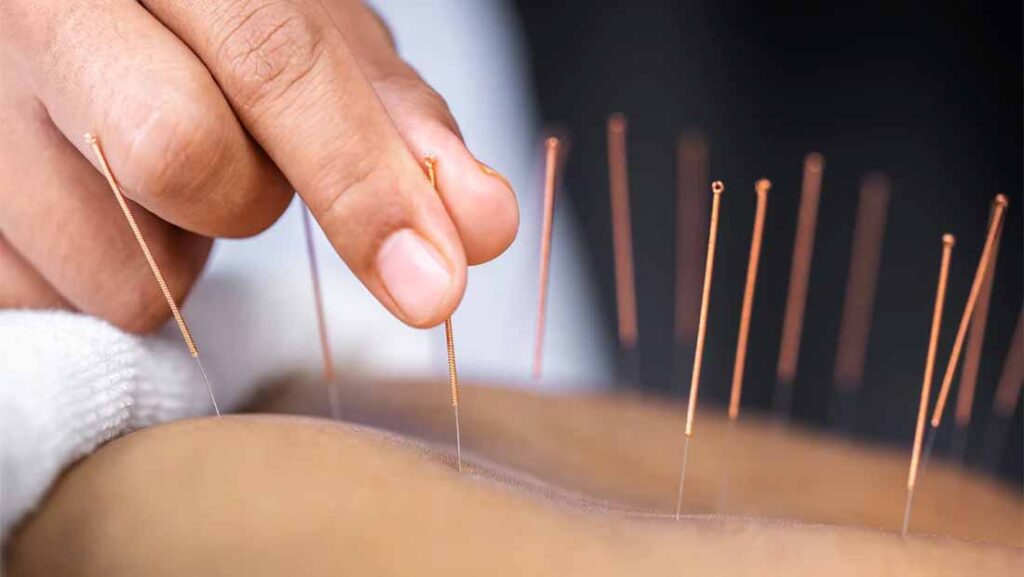The practice of meditation involves training your mind to focus on an object, thought, or activity. By doing this, you develop a higher level of attention and awareness, and achieve a state of mental clarity and emotional calm. There are many different meditation techniques and each can help you achieve your goals. These techniques include progressive relaxation, mindfulness, body scanning, and transcendental meditation.
Mindfulness
While the two practices are often considered similar, there are some key differences between meditation and mindfulness. While both are self-awareness practices, they do not share the same goals. As such, it is important to know the distinctions between them so that you can build a practice that suits your needs.
Meditation, a practice of focusing on the present moment, has been linked to reducing anxiety and depression. Research on this topic is still in its early stages. However, some researchers say it can help people overcome anxiety and reduce unwanted feelings. Many mindfulness practitioners report that it increases their sense of well-being.
Both meditation practice and mindfulness aim to develop an awareness of the present moment. Mindfulness is a necessary quality for meditation to be effective. It helps people manage their thoughts and live a more peaceful life. In addition to reducing stress, meditation helps people think more clearly and solve problems more effectively. Most people who practice meditation seek inner peace.
Research suggests that meditation can reduce chronic stress and lower blood pressure. It also improves sleep, balance and connection. In addition, it has been linked to a lower risk of heart disease. The benefits of mindfulness and meditation are numerous. There are many ways to practice them, from sitting in meditation to walking and walking.
Meditation is an important part of any spiritual practice. Many wisdom traditions incorporate it. It can be used to deepen your spiritual life and develop a deep sense of respect for others. Meditation can also improve your relationships.
Progressive relaxation
A technique known as progressive relaxation during meditation is an easy way to reduce stress. The process involves gradually tensing and relaxing different muscle groups in the body. Sometimes it is combined with breathing and visualization techniques. However, you should consult a doctor before trying this technique. It can have positive effects on your overall health.
To perform the progressive muscle relaxation technique, you need to sit in a comfortable position and concentrate on breathing. Avoid holding your breath, as this will increase tension in the body. First, notice which muscles you have the most tension in. For example, if your forehead is tight, try pushing your tongue against the roof of your mouth. You can then focus on the tight muscles of your upper arms, fists, and the front and back of your thighs.
Once you have a quiet environment and have completed the basic steps, you can move on to the next step. Progressive relaxation has many benefits, including reducing stress and anxiety. It has also been shown to reduce irritable bowel syndrome and improve sleep. You can even combine it with breathing exercises and meditation to achieve even more benefits.
You can also practice progressive muscle relaxation by relaxing an entire muscle group. If you have tension in your chest, you can focus on it by imagining the tension leaving your body. You can also try to focus on your right hand and squeeze it. Then, bend your wrist back. You’ll notice how the tension in that muscle group changes and how it affects your hand. Once you have relaxed these muscle groups, try to focus on your breathing.
Progressive muscle relaxation can also reduce tension and overall stress. Practicing this technique regularly can reduce stress and improve sleep quality. Several clinical studies have shown that these techniques can help people with chronic pain. They are also helpful in reducing the amount of pain patients must endure during surgery.
Body scanning in meditation
One of the most effective ways to deepen your meditation practice is to practice a body scan. This method allows you to look at your entire body and see which areas are affected. It is best to do it in a quiet place, where you can focus on your body. You can start by scanning your toes, then move on to the soles of your feet and then to your heel. Eventually, it can scan your entire foot or leg.
To start, you can sit or lie down. Try not to be disturbed for at least five to 10 minutes. Then, focus your attention on individual parts of your body. You can start at the top of your head and explore your arms, torso, legs, and fingers and toes.
Then, focus your attention on the areas of tension in your body. As you do this, visualize the tension leaving your body. If you’re not sure what to focus on, use a visualization to make it easier to see the tension leaving your body. When you’re done, move on to the next area and repeat.
During body scanning meditation, you will feel a variety of benefits, including a reduction in stress, tension, and pain. The practice is also helpful in improving mental well-being. It can be done several times a day or whenever you feel stress or pain. The key is to be aware of your body and breathe in any discomfort you feel.
A body scan may take only a few minutes. Practice three to six times a week and you will reap the benefits for much longer.
Transcendental Meditation
Transcendental meditation is a form of silent mantra meditation. It was developed by Maharishi Mahesh Yogi in India in the mid-1950s. It is said to bring deep peace and tranquility to the practitioner. It’s a powerful technique for people who are stressed, depressed, or just want to escape the world.
The practice has a variety of benefits, including improved brain function and increased creativity and intelligence. Several scientific studies have shown that TM reduces stress and helps people cope with depression. It has also been beneficial in the treatment of anxiety disorders and addictions. Some studies have even found that it can help lower blood pressure. The American Heart Association has also recommended TM for clinical use.
Transcendental meditation is a great way to relax and experience a sense of inner peace. It requires you to sit comfortably, without distractions, and to focus on a mantra for at least 20 minutes. It is best to do it in a quiet room, free of distractions, such as television and music. You should also turn off your cell phone or put it on silent. Your family should also not disturb your meditation session.
Transcendental meditation is an effortless meditation method that is easy for people of any age to learn. It is a simple technique that requires only a few minutes twice a day, and is suitable for both adults and children. It’s a wonderful way to reduce stress, control anxiety, and boost energy levels.
Transcendental meditation has been compared to religious prayer because it appeals to something greater than ourselves. However, unlike religious prayer, it does not require the use of a god or other deity. The goal is to clear the mind and make it more open to the world. It has been said to be very beneficial for people suffering from depression, stress and burnout.
Mindfulness-based stress reduction
Mindfulness-based stress reduction is an eight-week program that uses secular mindfulness training to help you manage stress, anxiety, depression, and pain. It aims to help you improve your quality of life by reducing your stress levels and helping you feel better about yourself. It also teaches you how to make better decisions and improve your relationships.
Although the benefits of mindfulness-based stress reduction therapy have not been adequately studied, there are numerous preliminary studies suggesting that it may benefit people suffering from chronic pain, anxiety disorders, and depression. Studies have also shown that MBSR can improve the way people respond to stressful situations, whether the situation is in a medical or non-medical context.
The mindfulness-based stress reduction program is a group class that teaches participants how to practice mindfulness and cope with daily demands. Developed by Jon Kabat-Zinn, MBSR has become a core program practiced in more than 250 hospitals in the United States.
You can take an online MBSR course from the Center for Mindfulness or from an accredited MBSR teacher near you. If you want to take MBSR classes in person, you can find a local teacher using the Center for Mindfulness’s search tool . Otherwise, you can try self-practice courses. MBSR has numerous benefits and can be an excellent complement to standard medical treatment.
A new study has evaluated the efficacy of mindfulness-based stress reduction therapy in hypertension. Participants in the study had significantly reduced BP scores compared to their baseline levels. However, the study is inconclusive and more research is needed.


